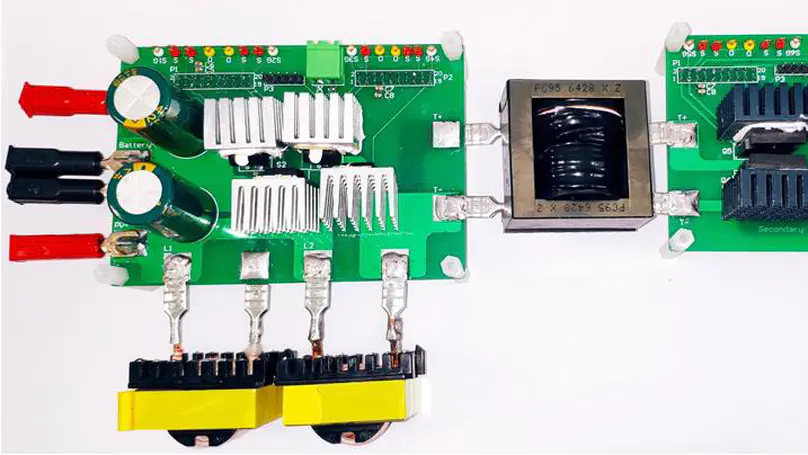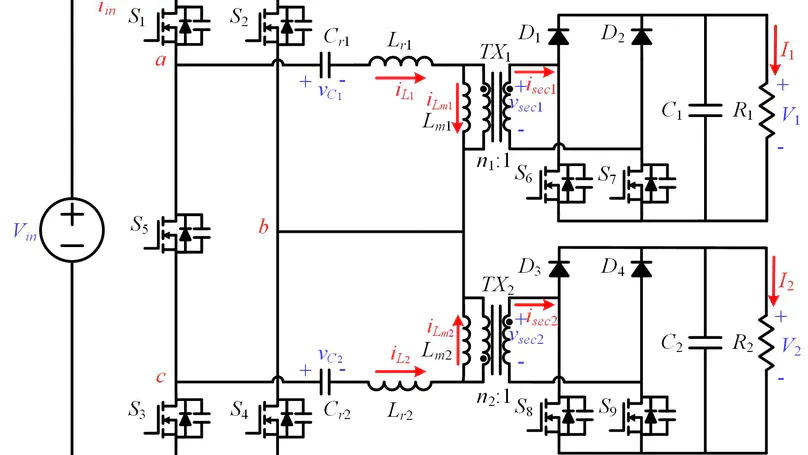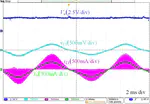Biography
Liang Wang is a Ph.D. candidate of power electronics at Power Electronics And Renewable energies Laboratory, ShanghaiTech University. His research supervisor is Prof. Haoyu Wang. His research interests include point-of-load converter, resonant converter, and multi-port converter.
Download my resumé.
- Point-of-load converter
- Resonant converter
- Power architecture of 48V bus data center
- Three-port converters
PhD in Electrical Engineering, 2019-2024
ShanghaiTech University
BSc in Electrical Engineering and Automation, 2015-2019
Harbin Engineering University
Projects
Featured Publications

In grid-tied photovoltaic (PV) generation systems, intelligent energy management is required to maximize its performance. In this article, a novel three-port energy router with optimized control is proposed for this application. The proposed converter can interface among three ports (PV source, battery, and dc-link) with high integration. The PV panel is connected to the battery through an interleaved boost structure on the primary side. The primary-side PV-battery system and secondary-side dc-link are connected through a dual-active-bridge (DAB) converter. The battery operates as an energy buffer to compensate for the power mismatch due to the intermittent nature of the PV source. According to the daily power profile and intelligent power management between the grid and battery, six operating modes are possible. Optimized control strategies are customized in different operating modes. The maximum-power-point-tracking (MPPT) of the PV panel can be always realized. The zero-voltage-switching (ZVS) condition for all mosfet s, reducing circulating current over a wide range, and flexible energy flow among three ports are all taken into considerations in the design. To verify the proposed concept, a 500 W rated prototype is designed. The designed prototype exhibits high efficiency in various operating modes. The experimental results agree well with the theoretical analysis.

In this article, a novel single-input–dual-output LLC converter is proposed for wide output voltage applications. An H5-bridge is utilized on the primary side and linked with two separate resonant tanks. By morphing the H5 bridge, the input of each resonant tank can be configured as either full-bridge, half-bridge, or idle. On the secondary-side, two semiactive rectifiers provide two control degrees of freedoms. The circuit operation is always tuned at the optimal resonant frequency and the output voltages are modulated by the secondary side pulsewidth. It exhibits good voltage regulation performance with two fully decoupled output ports. Both output ports can achieve wide voltage ranges. All MOSFETs can achieve zero voltage switching turning- on and all the diodes can achieve zero current switching turning- off over a wide output voltage and load ranges. To verify this concept, a 1.6-kW rated prototype is designed to convert 390-V input into two decoupled 100–400 V outputs. The designed prototype exhibits 97.72% peak efficiency and good decoupled voltage regulation performances. The experimental results agree well with the theoretical analysis.
Recent Publications
Contact
- wangliang1@shanghaitech.edu.cn
- 86-19821261239
- 393 Huaxia Middle Rd, Pudong New Area, Shanghai 201210






